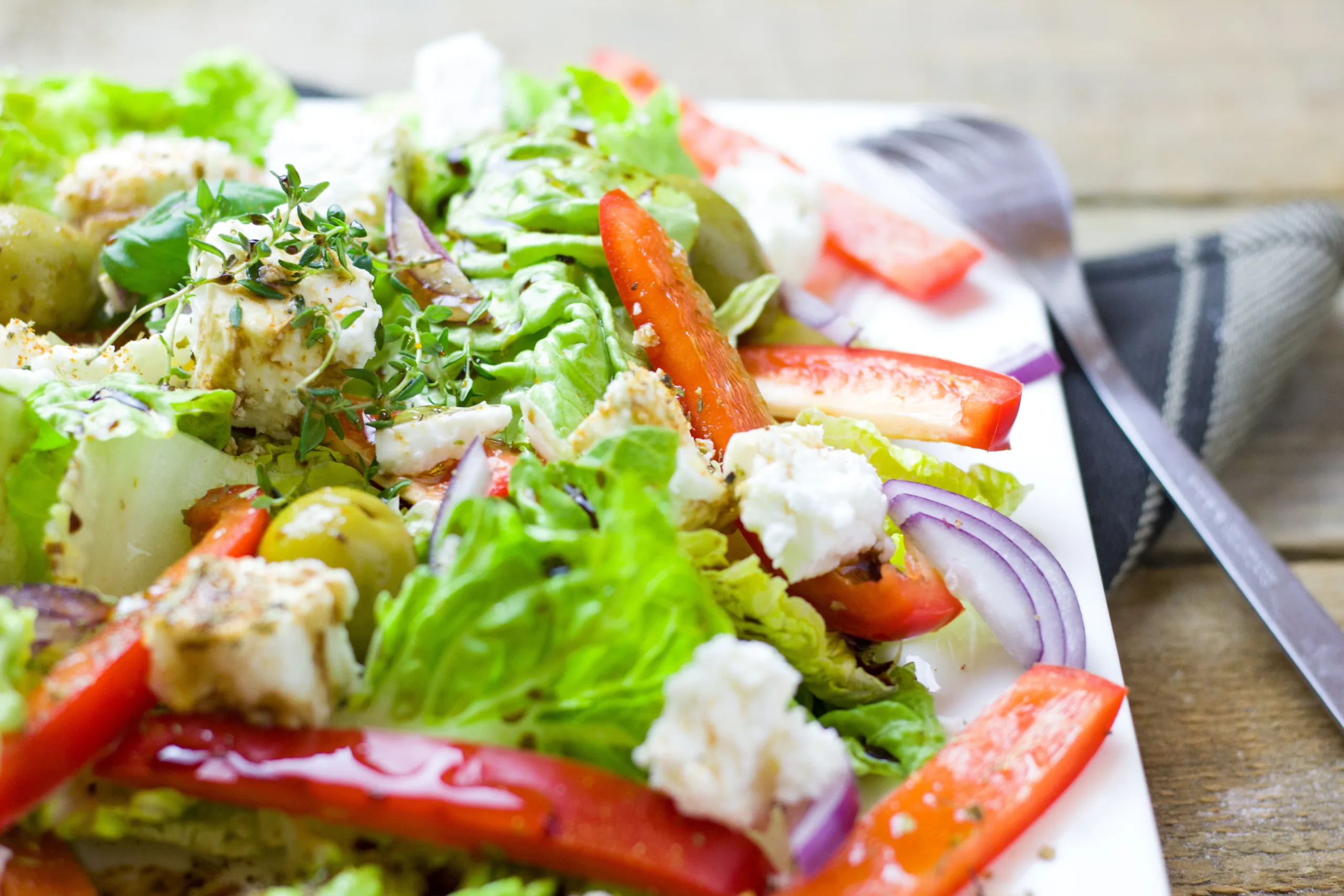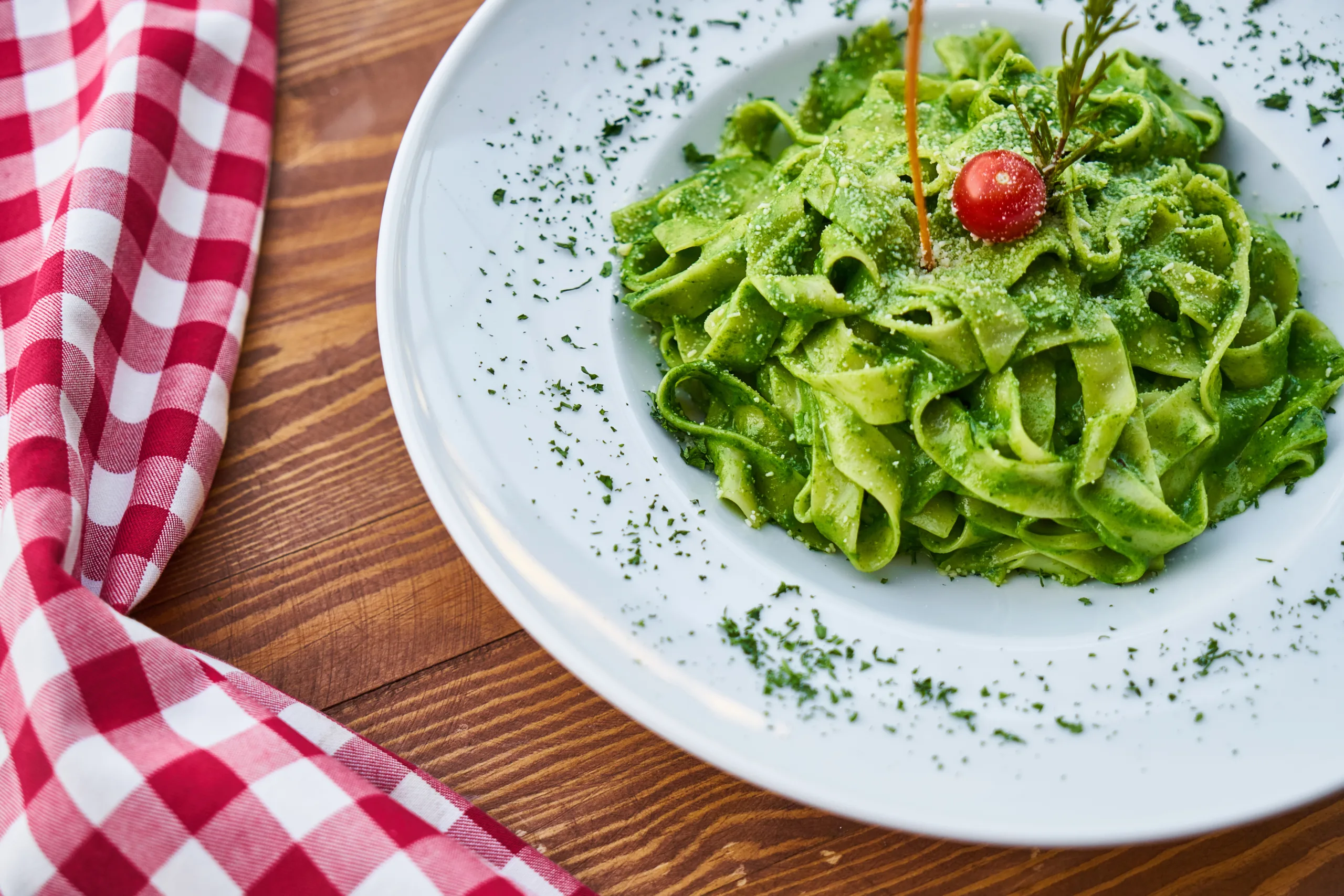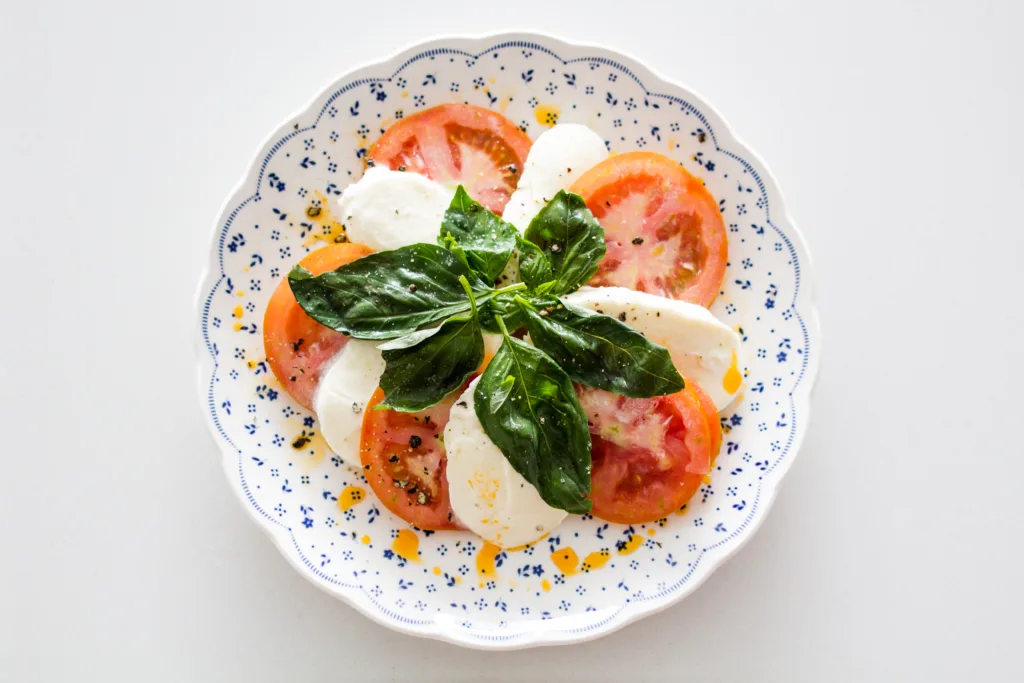Is cheese OK on a low-FODMAP diet?
If you’re following a Low-FODMAP diet, then you know that it can be hard to find delicious and satisfying meals. This is especially true when it comes to snack options. Cheese is a popular go-to snack, but can it fit into the Low-FODMAP diet? In this article, we’ll explore the answers to this question and provide an array of cheese options that are Low-FODMAP friendly. We’ll also provide tips on how to make your favorite cheese dishes low FODMAP compliant. You’ll be able to enjoy tasty snacks and meals without worrying about FODMAPs.
Whether you’re starting the Low-FODMAP diet or have been following it for a while, this article will help you understand if cheese is OK on your Low-FODMAP journey and how to make delicious meals with it.The Low Fodmap Diet is a dietary plan that has been developed to reduce symptoms associated with irritable bowel syndrome (IBS). It involves avoiding foods that are high in certain carbohydrates (FODMAPs) including fermentable oligosaccharides, disaccharides, monosaccharides and polyols. This diet can help to reduce abdominal pain, bloating, gas and other digestive problems caused by IBS.
What Foods Are High in FODMAPs?
FODMAPs, or fermentable oligo-, di-, mono-saccharides and polyols, are a group of short-chain carbohydrates that are found naturally in many foods. These sugars can be difficult to digest for people with irritable bowel syndrome (IBS) and other digestive disorders. Many fruits, vegetables, grains, legumes, dairy products and sweeteners contain high levels of FODMAPs. Examples of high FODMAP foods include:
• Fruits such as apples, pears, mangoes, watermelon, peaches and apricots.
• Vegetables such as onions, garlic, mushrooms, cabbage and cauliflower.
• Grains such as wheat, rye and barley.
• Legumes such as chickpeas, lentils and soybeans.
• Dairy products like milk, yogurt and cheese.
• Sweeteners like honey and agave nectar.
It is important to note that certain types of food may contain varying levels of FODMAPs depending on how they are prepared or processed. For example, canned fruits may have higher levels of FODMAPs than fresh fruits due to the way they are canned and stored. Additionally, some processed foods may contain added sugars which can also increase the amount of FODMAPs in a product. It is important to read labels carefully to ensure that you are not consuming high amounts of FODMAPs in your diet.
Is Cheese High in FODMAPs?
Cheese can vary widely in its FODMAP content depending on the type of cheese. Generally, hard cheeses such as cheddar, swiss and parmesan are low in FODMAPs, while soft cheeses such as brie, camembert and ricotta are high in FODMAPs. Cream cheese is also high in FODMAPs and should be avoided. To make sure you are eating a low-FODMAP cheese, check the nutrition label for added ingredients such as onion or garlic powder.
Click here to preview your posts with PRO themes ››
It’s also important to consider portion size when eating cheese. A single serving of hard cheese (about 28g) is considered low FODMAP, but larger servings may contain more FODMAPs. Soft cheeses have higher levels of lactose and should be limited to 1-2 tablespoons per serving to keep your FODMAP intake low.
Types of Cheese That Are Low FODMAP
Cheese is a delicious snack or meal addition, but unfortunately, many types are high in FODMAPs. Fortunately, there are still some varieties of cheese that you can enjoy if you’re following a low FODMAP diet. Some of the best choices include goat cheese, feta cheese, and mozzarella cheese.
Goat cheese is a great low FODMAP option because it’s naturally lower in lactose than cow’s milk cheeses. It also has a tangy flavor that can make it an excellent addition to salads or sandwiches. Feta cheese is also low in lactose and is perfect for adding a salty taste to dishes like omelets or quiches.
Mozzarella cheese is another excellent low FODMAP choice that’s great for pizza and pasta dishes. It has a mild flavor and creamy texture that makes it versatile enough for almost any recipe. Additionally, it’s often used as an ingredient in Italian-style dishes like lasagna and cannelloni.
If you’re looking for something with more of a kick, blue cheese is also low in FODMAPs and can add an intense flavor to salads or burgers. Parmesan cheese is another fantastic option for adding a salty taste to your meals without having to worry about the effects of high-FODMAP foods.
These are just some of the types of low-FODMAP cheeses that you can enjoy while sticking to your diet plan. With so many options available, it shouldn’t be too difficult to find something that fits your tastes and dietary needs!
Benefits of Eating Low FODMAP Cheese
Eating low FODMAP cheese can provide a number of benefits to those who suffer from digestive issues. The primary benefit is that it can help to reduce the symptoms of irritable bowel syndrome (IBS) and other digestive conditions. Low FODMAP cheese is made with specific ingredients that are designed to reduce the amount of fermentable oligosaccharides, disaccharides, monosaccharides, and polyols (FODMAPs) in the cheese. By reducing the amount of these compounds, it can help to reduce bloating, gas, cramping and other uncomfortable digestive symptoms.
Click here to preview your posts with PRO themes ››
Another benefit of eating low FODMAP cheese is that it can help to improve overall gut health. Many people who suffer from digestive problems find that their gut health has been compromised due to an imbalance in their microbiome. By eating low FODMAP foods like cheese, they can restore balance and improve digestion over time. This can lead to improved nutrient absorption and increased energy levels as well as better overall health.
Finally, eating low FODMAP cheese can be beneficial for those who are trying to maintain a healthy weight or lose weight. Since low FODMAP foods are typically lower in calories than other types of cheese, they can help individuals cut down on their calorie intake without sacrificing flavor or texture. Additionally, since these cheeses are often lower in fat and cholesterol than traditional cheeses, they may also be beneficial for those looking to reduce their risk of heart disease or diabetes.

How to Include Low FODMAP Cheese in Your Diet
Cheese is a delicious and nutritious food that can be included in a healthy diet. Unfortunately, some types of cheese contain high levels of FODMAPs, which can cause digestive discomfort for some people. Fortunately, there are several low FODMAP cheese options available that can be enjoyed without causing digestive distress.
Low FODMAP cheeses include feta, cheddar, cream cheese, halloumi and ricotta. Other varieties such as blue cheese and brie can also be eaten in moderation. It is important to read labels carefully when selecting cheese to ensure it does not contain any hidden sources of FODMAPs such as garlic or onion powder.
When adding low FODMAP cheese to your diet it is important to keep portion sizes small. This will help minimize the risk of experiencing digestive distress due to consuming too much FODMAPs in one sitting. It is also important to monitor how your body reacts after eating low FODMAP cheeses and adjust your intake accordingly.
Low FODMAP cheeses can be used in a variety of dishes including salads, sandwiches, pizzas and pasta dishes. They can also be enjoyed as snacks with crackers or vegetables such as carrots or celery sticks. Low FODMAP cheeses are an excellent source of calcium, protein and other essential nutrients making them an ideal addition to any healthy diet.
Advantages of Eating Low FODMAP Cheese
Eating low FODMAP cheese can be beneficial for those suffering from digestive problems such as irritable bowel syndrome (IBS). The FODMAPs in regular cheese can cause bloating, gas, and abdominal pain in IBS sufferers. Low FODMAP cheese is made with modified ingredients to reduce the amount of FODMAPs, making it easier on the digestive system. Low FODMAP cheese is also lower in fat and calories than regular cheese, which makes it a great choice for those trying to lose weight or maintain a healthy diet.
Click here to preview your posts with PRO themes ››
Disadvantages of Eating Low FODMAP Cheese
The main disadvantage of eating low FODMAP cheese is that it may not taste as good as regular cheese. The modified ingredients used to make low FODMAP cheese may affect the flavor, texture, and overall quality of the final product. Additionally, some low FODMAP cheeses may contain added preservatives or additives that could be harmful for certain individuals. Finally, low FODMAP cheeses tend to be more expensive than regular cheeses due to their specialized production process.
Cheeses to Avoid on a Low FODMAP Diet
If you’re following a low FODMAP diet, it’s important to be aware of which cheeses you should avoid. High-FODMAP cheeses can cause uncomfortable digestive symptoms such as bloating, gas, and abdominal pain. Here are some of the most common types of cheese to avoid:
Soft cheeses such as brie, camembert, blue cheese, and ricotta are all high in FODMAPs. They can also contain lactose, which is another type of FODMAP found in dairy products. Harder cheeses such as cheddar and parmesan may also contain lactose and should be avoided if possible.
Processed cheeses like Velveeta or American cheese slices are also high in FODMAPs. As these cheeses have been processed for a long time, they often contain higher levels of lactose than other types of cheese. It’s best to avoid these altogether if possible.
Goat’s milk cheese is generally considered safe for those following a low FODMAP diet. However, it is important to check the label carefully as some varieties may contain added lactose or other ingredients that can trigger digestive symptoms.
Finally, cream cheese is not recommended for those on a low FODMAP diet due to its high level of lactose content. Cream cheese can also be difficult to digest due to its high fat content so it should be avoided if possible.
By avoiding these common types of cheese, you can ensure that your digestive system remains healthy while following a low FODMAP diet. Be sure to read labels carefully and consult with your doctor or nutritionist if you have any questions about which foods are suitable for your dietary needs.

Conclusion
Cheese can be a delicious addition to any meal, but it is important to remember that cheese can be high in FODMAPs. Depending on the type of cheese, some varieties may contain more FODMAPs than others. For those following a Low-FODMAP Diet, it is important to select cheeses that are lower in FODMAPs such as cheddar, gouda, mozzarella, parmesan and feta. If you are unsure whether a cheese is low enough in FODMAPs for your diet, speak to your doctor or dietitian for advice.
In conclusion, cheese can be part of a Low-FODMAP diet if you select the right varieties and pay attention to serving sizes. It is important to keep in mind that some people may need to avoid all cheese due to their individual sensitivities. As always, it is best to speak with your doctor or dietitian for personalised advice about which types of cheese are best for you.

